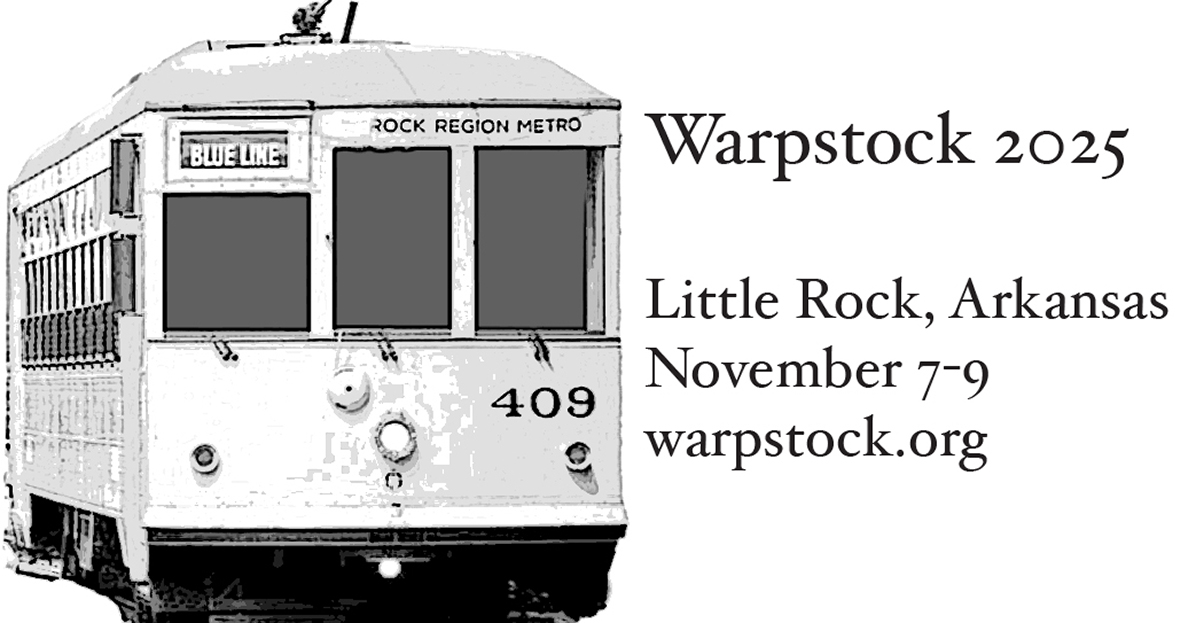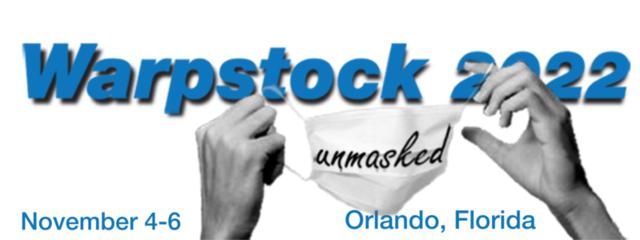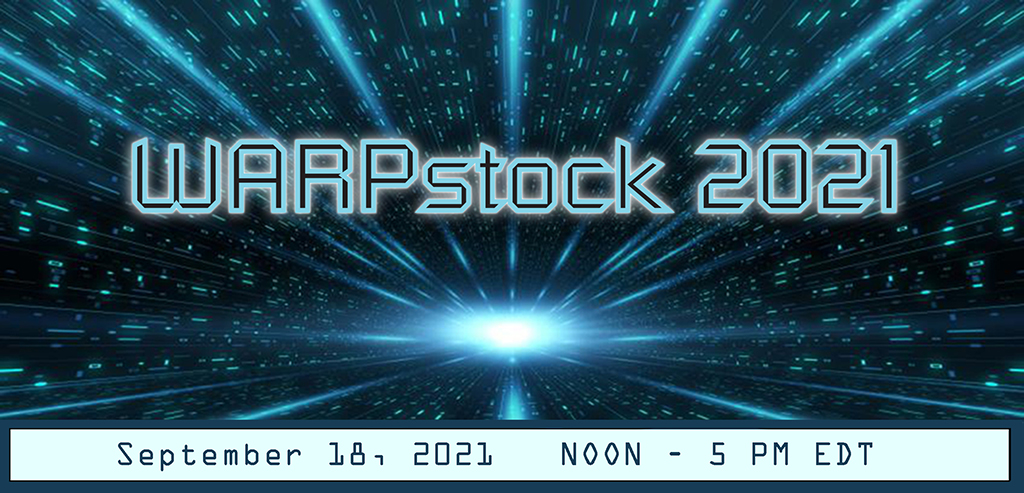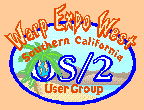> Reply-To: scoug-programming@scoug.com
> Date: Thu, 26 Apr 2001 02:22:22 PDT
>
> leganii@surfree.com wrote:
> >
> > There are a various helper programs for MRTG available.
>
> Do you have urls, or should I just start searching?
Start with the MRTG main page. I believe it was at the
end of the slide set I posted the other day in the first
of this thread. If it wasn't there, then the main
SNMP FAQ pages have it. (That was definitly at the end
of the slides.)
If there aren't any links off of that, try Google.
I didn't save my bookmark pages from the time in PHX,
but hunting specificly on MRTG should dredge stuff up.
>
> > > May a network printer report its usage and status
> >
> > If there is an OID for it in the MIBs, it is open for
> > 'management'. For basic SNMP, it reports in
> > response to commands, unless a trap is triggered.
>
> I need to go through RFC 1157 (haven't looked at it yet) and see what
> the states are. I'm not sure what handshaking takes place for a trap.
The device has to first be configured where to send the traps,
which to send etc. After that, there are no handshakes associated
with traps. If a trap event happens, if the device still can send
a trap, it sends it while it still can.
>
> Is there a separate MIB (Management Information Base) for each Agent, or
> does each Manager create its own MIB based on responses from the Agents
> which it queries?
Generally, 'a set' of MIBs will be associated with the Agent.
The MIBs come first, without them, there isn't any standard way
to interpret the information from the agent, or even to
query it to begin with.
The MIBs describe the data structures/variables the Agent
is designed to provide.
>
> And who assigns the OIDs (Object Identifiers)?
For those in RFC, IETF.
for those in Enterprise MIBs, the device/software
manufacturer.
>
> > BSD has OIDs for kernel configuration, but I'm
> > unsure if these are used by SNMP, but if so,
> > then their sysctl command for changing kernel
> > configuration on the fly is an extreme example.
>
> Neat! Just think what could happen if you meant to tell your tape drive
> to rewind but you accidentally used the kernel OID instead. :))
From the below cited article:
*Warning*
sysctl is a very powerful tool. ...
Test all changes on a non-production system first.
>
> This true for all flavors of BSD?
Probably all currently available versions.
According to the article, all BSD 4.4 Lite based versions.
(Sept. 2000 SysAdmin magazine, p. 16-22
"FreeBSD's sysctl Interface" by Michael Lucas.)
>
> > > What do you run on an OS/2 machine
> > > to get MRTG reporting capability?
> >
> > SL answered this.
>
> Not yet he didn't! :)
>
> Hey Steven, Dallas defers to your wisdom . . .
I don't think my Warp 3 system has any support for it, but
I haven't really checked yet.
>
> > > What is your recommendation for a basic SNMP installation
> >
> > MRTG has been ported to OS/2, and unless
> > this version is drasticly different from others, it
> > requires Simon Leinen's Perl SNMP package, which will
> > also provide configuring capabilities.
>
> Do you have urls?
Again, see the references section of my pages.
>
> > The O'Reilly 'gopher' book (Perl for System Administrators)
> > recommends using the UCD package for scripting, which are
> > some stand alone programs.
> > I'm curious how easy they are to compile under EMX etc.,
> > (probably very) and these should work with Rexx also.
>
> Do you have a url for the UCD package?
Again, see the references section of my pages.
>
> Dallas, I don't understand your "these should work with Rexx also"
> statement.
The UCD package consists of some stand alone programs.
Rexx is a 'glue language', that should be able to
glue the UCD programs together to provide the desired
effect.
>
> You're suggesting/recommending:
>
> -- MRTG (the OS/2 port)
> -- Simon Leinen's Perl SNMP package
> -- (implied) a Perl interpreter
> -- UCD package
> -- EMX development environment (I've got it)
>
> Yes?
>
> Let's do an EMX compile of the UCD package at the next Programming SIG.
>
> - Peter
>
>
>
I'm currently ramping up for a new job.
While it does not directly involve OS/2, I apparently will be
using a DOS progam a lot, and it seems like running it under
OS/2 will be feasible, and in fact the best way to, so maybe
I can have a screen of this going on.
Regards,
Dallas E. Legan II / leganii@surfree.com / dallasii@kincyb.com
Powered by......Lynx, the Internet at full speed.
________________________________________
Surfree.com - nationwide internet access
http://www.surfree.com
=====================================================
To unsubscribe from this list, send an email message
to "steward@scoug.com". In the body of the message,
put the command "unsubscribe scoug-programming".
For problems, contact the list owner at
"rollin@scoug.com".
=====================================================
<< Previous Message <<
>> Next Message >>
Return to [ 26 |
April |
2001 ]
The Southern California OS/2 User Group
P.O. Box 26904
Santa Ana, CA 92799-6904, USA
Copyright 2001 the Southern California OS/2 User Group. ALL RIGHTS
RESERVED.
SCOUG, Warp Expo West, and Warpfest are trademarks of the Southern California OS/2 User Group.
OS/2, Workplace Shell, and IBM are registered trademarks of International
Business Machines Corporation.
All other trademarks remain the property of their respective owners.








